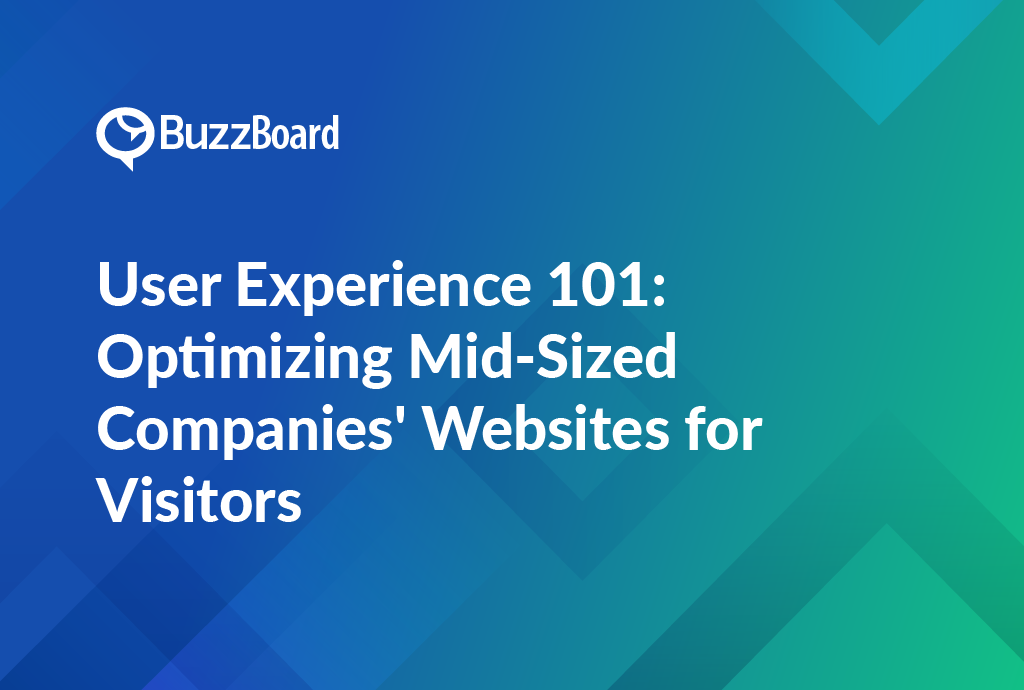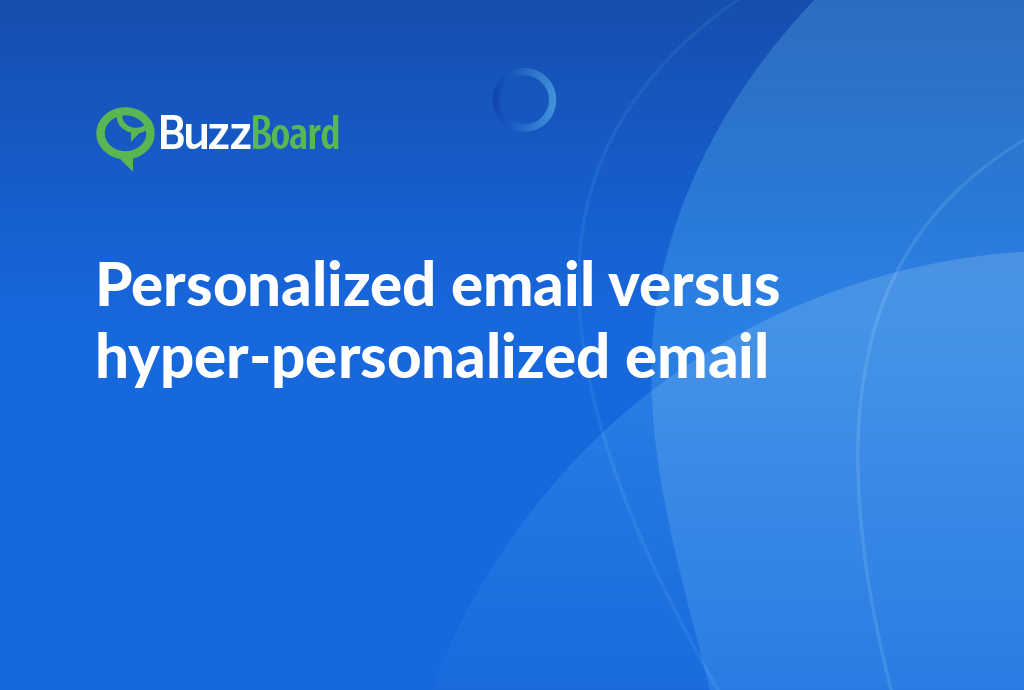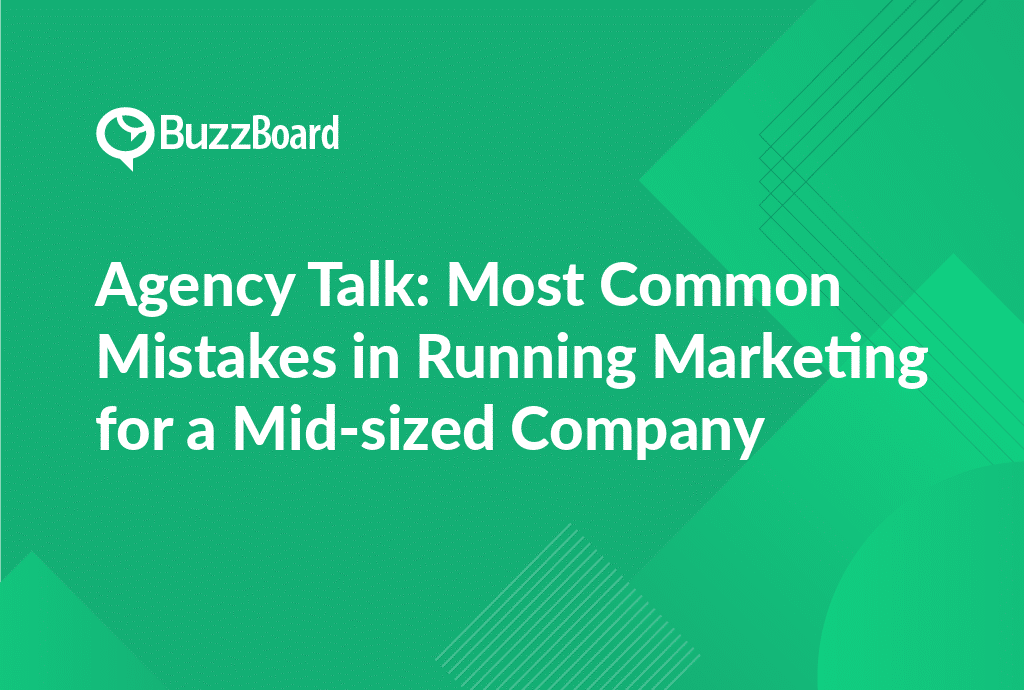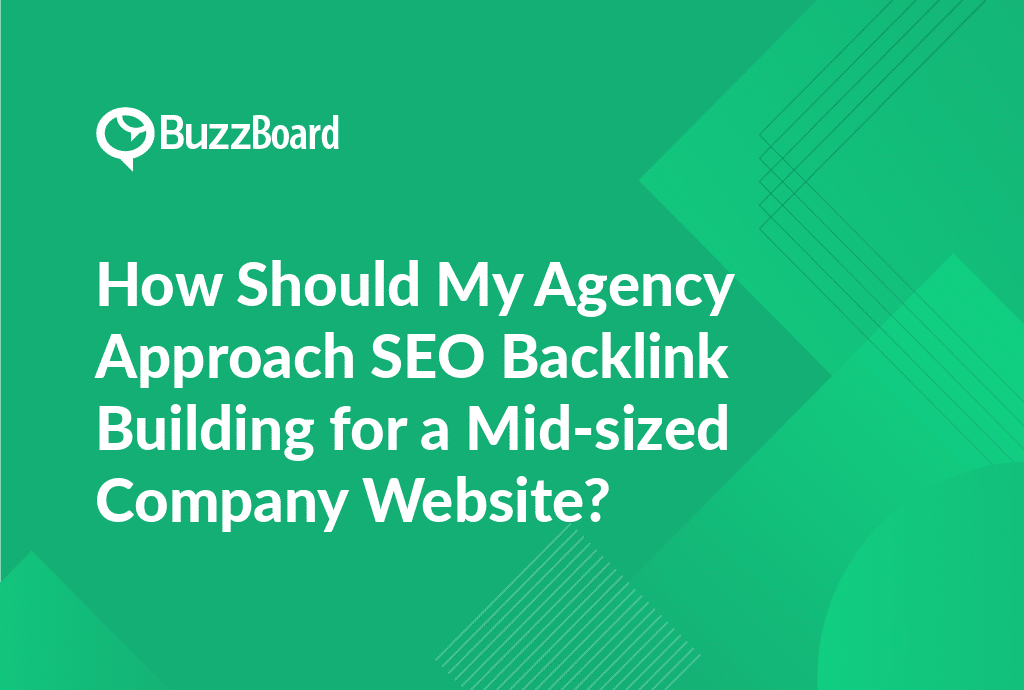Understanding the Importance of User Experience in Optimizing a Mid-Sized Company’s Website
In the rapidly evolving digital landscape, the significance of user experience in optimizing the websites of mid-sized companies cannot be overlooked. As a sales representative at a digital marketing agency, it’s crucial to understand and convey the impact of a well-designed, user-friendly website to potential mid-sized business clients.
An optimized website not only improves visibility on search engine results but also enhances the overall user experience. A key insight to remember is that around 88% of website visitors are less likely to return after a negative user experience. This statistic underscores the importance of creating an appealing and user-friendly web presence.
Making a website usable for mid-sized companies requires a thorough understanding of user behavior. Everything from the website’s layout and navigation to its content and accessibility plays a vital role. A user-friendly website should transition smoothly between desktop and mobile platforms, all while maintaining quick load times. Customizing this feature for mid-sized companies’ websites could significantly elevate customer satisfaction and overall market engagement.
A well-curated user experience can promote a sense of trust and dependability among customers, impacting their purchasing decisions. Furthermore, a positive web experience can escalate a site’s conversion rates, becoming a key driver of sales and aiding the growth of a mid-sized company.
How to Improve the Website Visitors’ Experience on a Mid-Sized Company’s Website
Improving user experience on mid-sized companies’ websites can seem daunting, but with the appropriate strategy, it can be a significant game-changer. The primary goal? Retain website visitors by enhancing their experience—a fundamental principle in successful digital marketing.
Consider the website’s design first, it’s the initial point of contact for visitors. A well-structured, clean, and intuitive interface can notably improve user experience. Prioritize simplicity and engagement, ensuring crucial information remains easily accessible.
Website speed is another important factor. Page loading time influences user experience heavily. A study by Akamai unveiled that 53% of website visitors exit a page if it loads longer than three seconds. This pivotal aspect must not be disregarded when optimizing mid-sized companies’ websites.
Additionally, ensure the website is mobile-friendly. As per the first quarter of 2021, Statista reported that 54.8% of worldwide web traffic was precisely from mobile devices. If the website isn’t mobile-friendly, you’re probably losing out on more than half of potential visitors.
Lastly, deliver quality and relevant content. If your content fails to offer value to visitors, retention is improbable. Content should be enlightening, engaging, and in sync with the audience’s tastes and preferences.
Challenges Faced in Optimizing a Mid-Sized Companies Website and How to Overcome Them
When optimizing a mid-sized company’s website, various challenges may surface. Primarily, these obstacles revolve around improving user experience and ensuring that visitors to the website find value and ease as they navigate through various pages.
A common issue faced is the unresponsive design of the website. With the rise of mobile devices, it’s crucial to create a site compatible with multiple platforms. Sadly, many mid-sized companies fall short, with websites that cannot adapt to different screens, resulting in a choppy and unprofessional user experience. However, this problem can be alleviated by implementing responsive design strategies. By ensuring a site is responsive, you provide a seamless online journey for visitors, regardless of the device they choose to use.
Another significant challenge stems from slow website loading speeds, which can hamper user engagement. According to a Google report, 53% of visits are abandoned if a mobile site takes longer than three seconds to load. This doesn’t just affect user experience but the company’s search engine ranking as well. Investing in website speed optimization techniques, like image compression or browser caching, will enhance visitor engagement and boost a site’s visibility.
Examples Showcasing Exceptional User Experience on a Mid-Sized Company’s Website
A salient example of phenomenal UX is the redesign of a company’s website. This medium-sized entity recognized the importance of a well-designed, user-centric website in their strategy. Following the redesign, their website witnessed a significant 20% surge in user engagement, illustrating the effectiveness of an efficiently optimized site.
The redesign emphasized instinctive navigation and cleaner layouts, ensuring a seamless user journey and leading to increased user conversions. The scenario underscores the necessity of tailoring each website component—from the landing page to call-to-action placement – to enrich the user experience and meet business targets.
Another company spotlighted the importance of website speed and mobile optimization in enriching overall user experience. Half a year post-revamp, they recorded a 30% rise in mobile traffic and a 15% increase in total site visits.
Future Trends in User Experience for Optimizing Mid-Sized Companies’ Websites
The user experience (UX) is a crucial aspect in optimizing any company’s website, particularly for mid-sized businesses seeking a strong online presence. Gaining insights into future UX trends can equip digital marketers with essential knowledge, enabling optimal website performance for mid-sized businesses.
One critical trend on the rise is inclusive design. Websites should be accessible and user-friendly for all internet users, including those with disabilities. This includes designing websites with adjustable text sizes, providing alternative text for images for visually impaired individuals, and ensuring that navigation is seamless for all users. By adopting these practices, it’s possible to enhance the user experience and expand a company’s consumer base.
Another emerging trend is the use of artificial intelligence and machine learning to improve UX. Features such as chatbots and personalized content can greatly enhance the user experience by providing real-time assistance and custom interactions. Mid-sized businesses can use these tools to boost their website visitors’ engagement and achieve higher conversion rates.
Lastly, offering immersive UX through the use of virtual reality (VR), augmented reality (AR), or mixed reality (MR) is becoming increasingly popular. By adopting these cutting-edge technologies, businesses can offer interactive experiences to consumers, which could revolutionize the traditional user experience.









